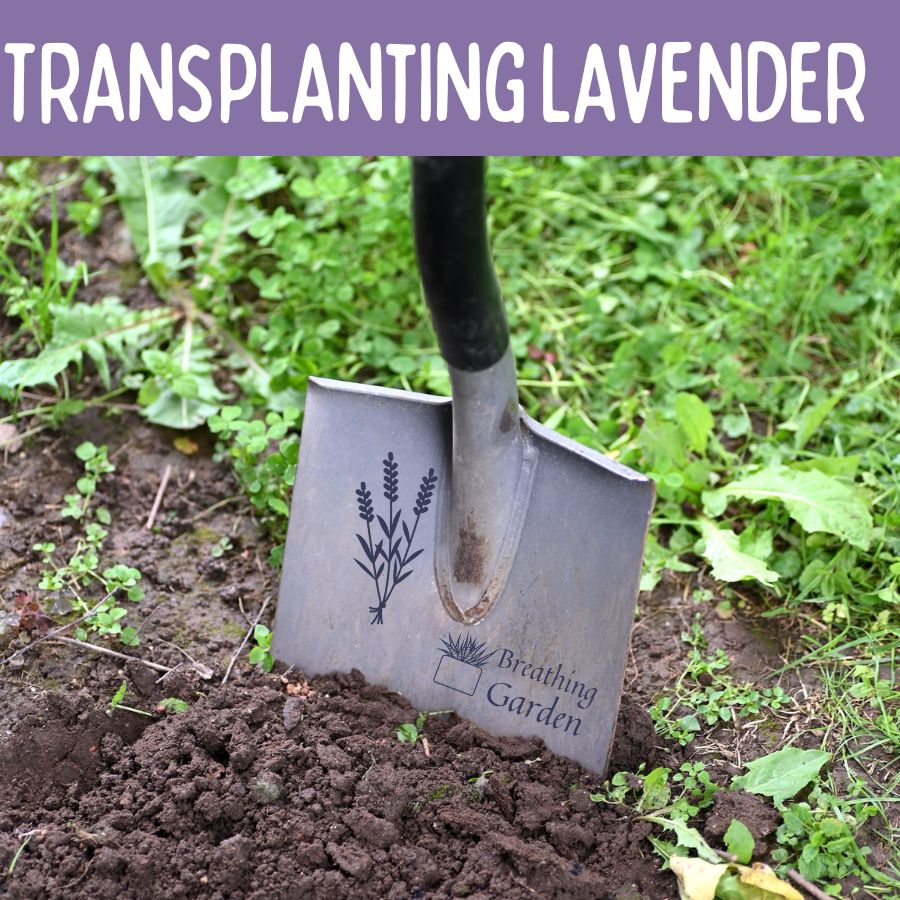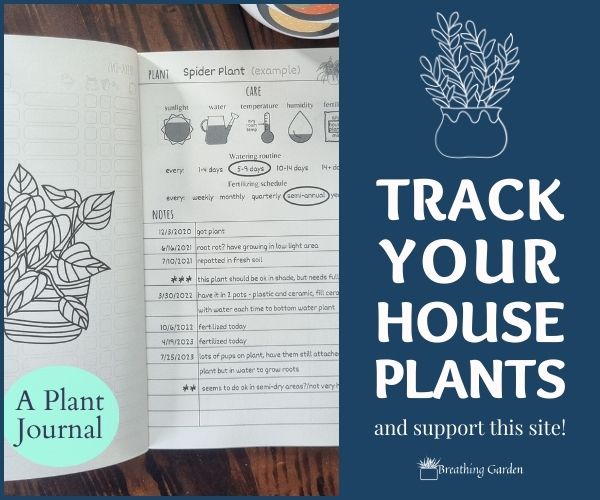If you’re looking to rearrange some plants in your garden, you may be considering transplanting lavender. But before you get your shovel and start digging that lavender out of your garden, there are some things to consider! In this article, we’ll guide you around 4 tips to a stress-less process for both you and your plant.
*This post may include affiliate links. When you purchase items from these links, we will receive a small commission, at no extra cost to you, to help support this website. Thank you for your support! Read more ->
4 Questions To Ask Yourself Before Moving Your Lavender
Before you get started just digging up your plant, first think about these 4 questions, and determine the answers for them!
- Where is my lavender plant currently planted?
- What’s the location I want to transplant the lavender to?
- What season is it?
- How do I minimize transplant shock?
These questions will guide the rest of this article on 4 tips for transplanting lavender!
Replanting Lavender – Where Is My Lavender Currently Planted?
Before transplanting lavender, you’ll want to identify the current location of your plant. Is it in a pot or planted directly in the ground? If you plan to replant the lavender from pot to ground or vice versa, you’ll need to read up on how deep and wide the roots should be when transplanting to know the size of the pot/hole you need for your lavender!
If you’re moving a lavender from a pot to the soil, make sure that your lavender can survive outside in the winter climate of your region. Sometimes that’s why it’s better to keep lavender in pots, to be able to bring them inside during winter.
Tip 1: Think about if your lavender can survive being in the ground for winter, and why you’re wanting to move your lavender.
How To Transplant Lavender – Where Is My Lavender Moving To?
The second question to ask is where are you replanting your lavender? Is it going to get enough sun where it’s planted? Lavender is a plant that really needs full sunlight to thrive. So if you’re considering planting it in a shady corner, think twice.
Also, think about how much water your lavender is going to be getting. Try to keep this plant in a fairly dry place, compared to other plants in your garden. It really doesn’t need that much water either!
And on the thought of water, what kind of soil is your lavender being planted into? It prefers quick draining soil, so if that area of your garden doesn’t have a sandy soil, consider buying some sand or small rocks for the replanting process.
Tip 2: Remember you can always get different soil for your garden to help your plant thrive, or mix in sand with the current soil in that spot.
You may also be interested in: 6 Of The Best Lavender Companion Plants
When To Transplant Lavender? What Season Is It?
The next thing is what season is it currently? Lavender will survive best if you repot it in certain weather conditions. The best time to transplant lavender is in early spring or late summer/fall.
In the spring, transplanting lavender will help it get a good start for the growing season. And transplanting in fall or late summer will give your plant enough time to settle into its new home before winter sets in.
If you try replanting during the summer, you might have a lot of the flowers fall off, and a lot of wilting will occur/it may struggle to root in it’s new home. Whereas if you try replanting during the middle of winter, you may have issues with the soil being too firm to even dig into. That and the plant is mostly in hibernation, trying to save it’s energy, so replanting lavender in winter may mean your plant does not survive.
Tip 3: Make sure the weather is in your favor for transplanting lavender. The best time to replant is after the last frost (if your area gets frosts) right before the major growing season of late spring/early summer.
Minimize Lavender Transplant Shock
When transplanting lavender, it’s important to keep in mind the transplant shock. Transplant shock is when the plant is replanted and it takes a few weeks for the plant to come out of its transplant shock phase. So don’t be shocked if the lavender doesn’t look too happy right away when replanting!
To minimize transplant shock, try not to disturb too much of the root ball when transplanting your lavender. This means digging a reasonably far distance away from your lavender to not accidentally hit the roots.
Also, try to transplant with plenty of water. Water the soil you will transplant into before and after transplanting lavender. This may mean watering a few times in between for especially dry soil!
Tip 4: Try not to disturb too much of the root ball when transplanting lavender and make sure your transplant site is well watered to ensure a healthy lavender transplant.
Looking for other tips on transplanting? Check out this guide for transplanting hydrangeas
In Summary
Transplanting lavender can be a bit tricky, but with the right steps you will have a successful transplant that your plant can survive in. The key things to remember are to transplant at the right time of year (spring or late summer/fall), pick the right transplant location (one with full sun and well draining soil), and don’t disturb too much of the root ball (to minimize transplant shock). With these tips, you should be able to transplant lavender with ease and success! Good luck!



